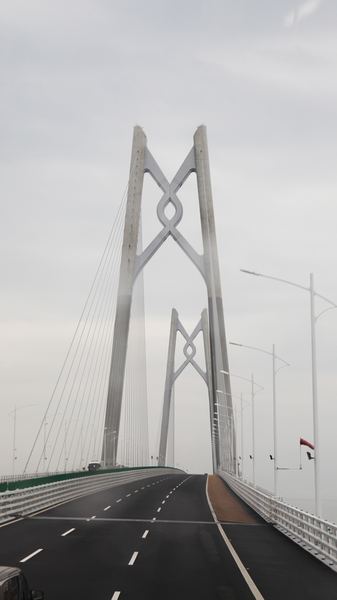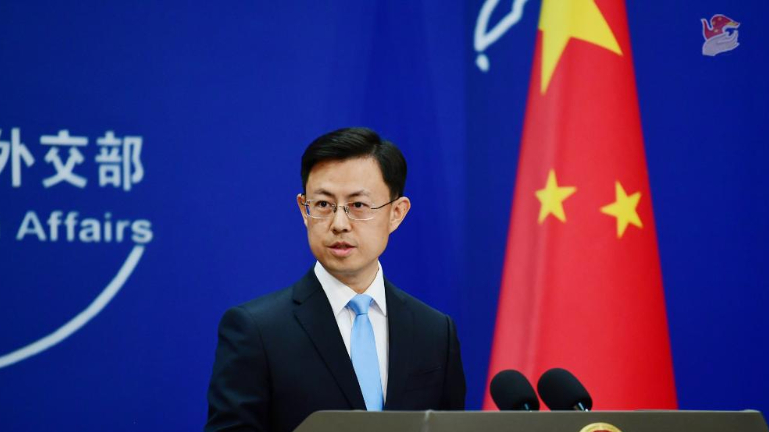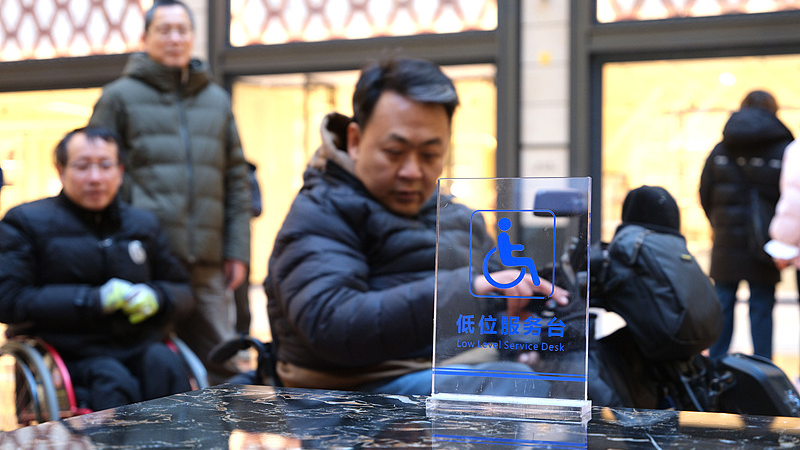Seven years after its inauguration in October 2018, the Hong KongZhuhaiMacao Bridge has emerged as a cornerstone of the GuangdongHong KongMacao Greater Bay Area. Stretching 55 kilometers across the Pearl River estuary, this engineering marvel links three major cities and includes an undersea tunnel that adds resilience against weather disruptions.
By late 2025, more than 30 million passengers have crossed the bridge using 24/7 shuttle services. With up to 300 trips per day, shuttles depart every 15 minutes during peak hours. A one-way ticket costs about HK$65 (roughly US$8), making cross-border travel both affordable and predictable.
Digital innovation drives user experience. Travelers can book tickets via mobile apps in seconds, check real-time seat availability and receive digital boarding passes. Integration with e-payment platforms streamlines customs clearance, cutting wait times to under 10 minutes on average.
Beyond convenience, the bridge supports sustainable mobility. Shuttle buses run on clean-energy engines, reducing emissions by an estimated 40 percent compared to private cars. For digital nomads and eco-conscious tourists, this offers a greener way to explore the region.
Economists say the bridge has boosted cross-border commerce, with daily freight volumes rising 25 percent since 2019. Regional startups tap into larger markets, while young professionals enjoy seamless commutes between innovation hubs in Hong Kong, Zhuhai and Macao.
As the Greater Bay Area deepens integration, the bridge stands as a symbol of connectivity, enabling new friendships, business ventures and cultural exchanges. For travelers and locals alike, it’s more than infrastructure—it’s a gateway to opportunity.
Reference(s):
A bridge away: Boosting connectivity in China's Greater Bay Area
cgtn.com




